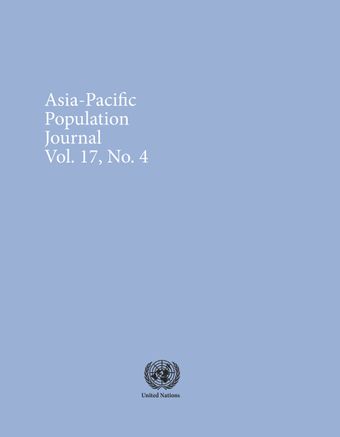-
Poverty and mortality in the context of economic growth and urbanization
- Source: Asia-Pacific Population Journal, Volume 17, Issue 4, Nov 2002, p. 49 - 66
-
- 30 Nov 2002
Abstract
Asia has always been a demographic giant, but in the second half of the twentieth century it also became an economic giant. In those 50 years, real per capita income (expressed in purchasing power parity) in Asia multiplied by more than five, compared with a multiplication in Western countries of little more than threefold, and in Latin America and Africa by 2.3 and 1.6 times, respectively (Maddison, 2001). During this half century, the world GDP in fixed United States dollars multiplied six times but that of Asia did so by more than 12 times, taking the continent’s proportion of the world economy from 18 to 36 per cent. That growth was fundamental to the mortality revolution outlined here but it was also achieved by massive urbanization, producing huge cities with savage contrasts between the living conditions of the poor and the rich. Asian urban population multiplied over eightfold from under one quarter of a billion to over two billion, and will by 2020 constitute half the population. This was partly the product of hundreds of millions of poor villagers streaming into illegal shanty towns, especially around the largest cities.





